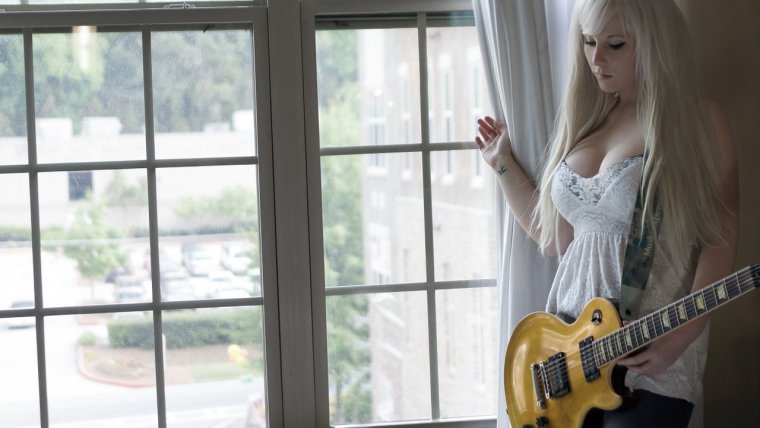
Windows are the ultimate free light source for shooting indoors. Their natural light makes for great portraits with minimal gear. Windows allow you to capture your subject perfectly without the bother of a lighting rig or the inevitable blur of ridiculously long exposures. Whether you want a dramatic shot with deep shadows and highlights or a softly lit portrait you can enjoy with little to no editing, windows provide the light you need.
Shooting with window lighting is all about angle. A regular window provides opportunities for backlighting, side lighting, and soft, natural, direct light. Many lobbies and atriums also use skylights to create soft lighting and also cut back on electric bills. These overhead windows create the best, soft lighting you could ask for. Look for rooms with multiple windows, too. Just as professional photographers use multiple light sources in their studios, you should take advantage of all the natural light offered.
Table of Contents
Windows make traditional portraits easy. You can take shots that require little to no editing or capture the kind of overexposed shots many editors prefer to manipulate. Unlike a studio, however, a window requires you to move your subject rather than your light source.
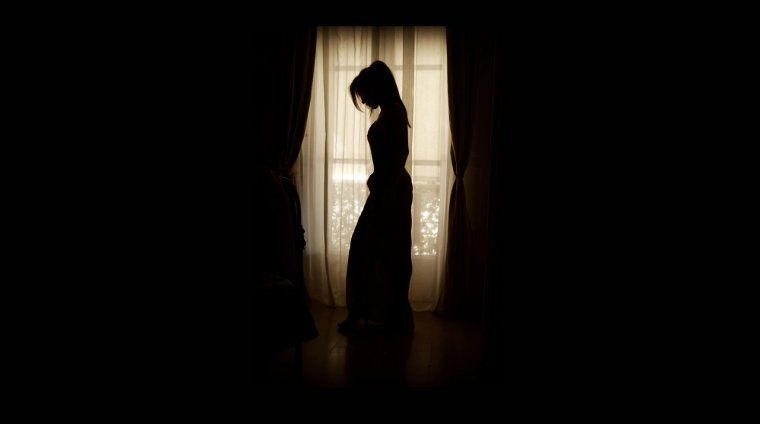
A fast shutter speed paired with backlighting makes for excellent silhouette shots. Using windows for classic silhouette shots allows easy framing. Window light also prevents the chromatic aberrations photographers deal with when shooting directly into the sun. A less common but no less intriguing portrait type is the semi-silhouette, which windows are particularly well-suited to light. Adjusting your aperture creates images with more color, deep shadows, and bright highlights.
Since the light from a window is steady, you can use your camera’s manual mode to get the perfect shot. First, try your cameras presets. See what ISO and/or shutter speed your camera chooses to use when you select the aperture priority setting. Once you’ve seen the flaws in the preset results, you can try adjusting exposure with +1EV or +2EV.
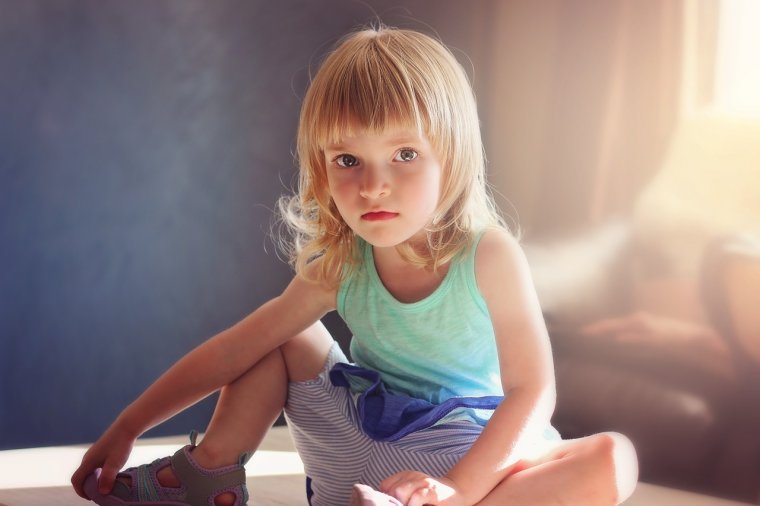
Window light depends on position and time of day. As the sun moves, so do the shadows, and although indoor natural light is always softer than outdoors, you’d be surprised how harsh afternoon lighting becomes in a west-facing window. Be ready to play with your aperture settings. Like any portrait, you must balance field of depth with exposure, and although window light makes great portraits, no two windows provide the exact same light levels.
Although window light is soft and steady, the color may be tinted by your surroundings, your backdrops, or by the windows themselves. Carry a card for white balance. This helps your photographs now and later, in editing.
Taking time to test and adjust your camera settings is the simplest way to get beautiful portraits with natural window lighting, but there are a few tools that can help you get the perfect shot. Chief among these is a reflector. If you find yourself shooting in a room with a single window, and you just can’t get your settings to deliver the image you need, a reflector allows you to create an artificial light source without employing actual artificial light. You may be tempted to use a flash. Ignore this urge. It spoils the softening effect of natural light from the window. A reflector can chase away problematic shadows or simply brighten a scene without undoing all of your previous work.
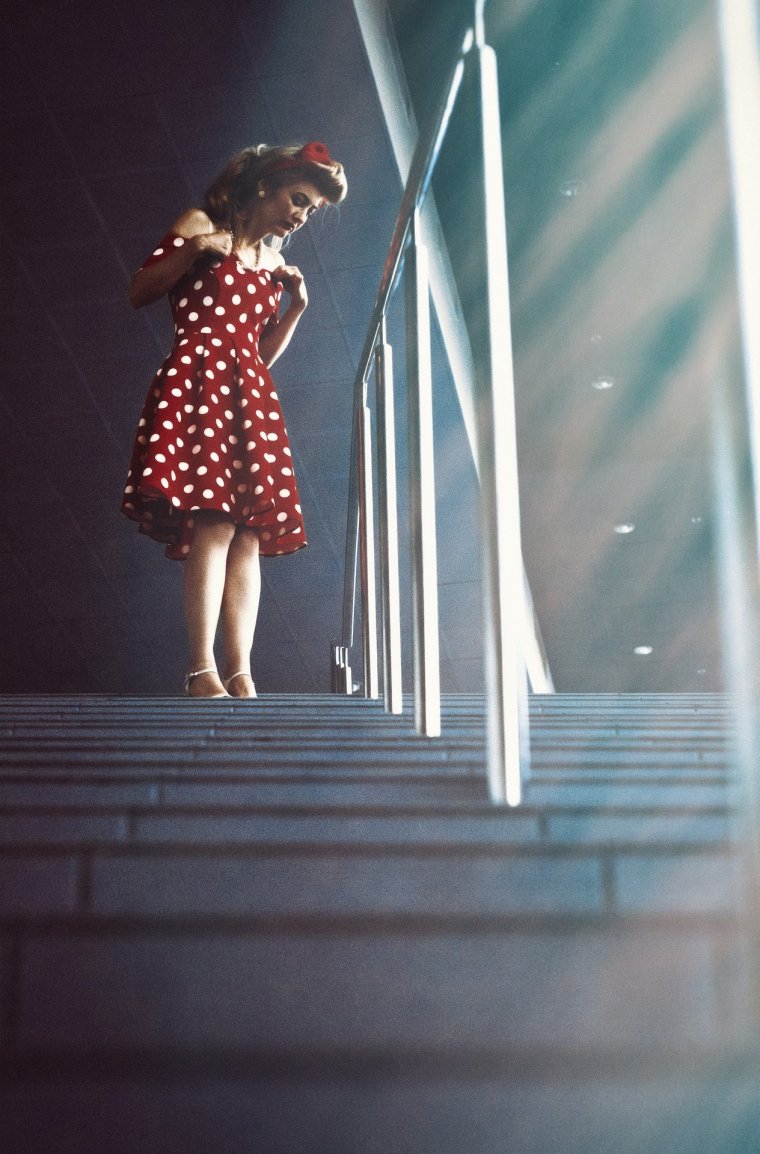
We mentioned bringing white balance cards with you earlier, but it’s worth repeating here. It doesn’t matter if you use small cards for reference while editing or large panels to balance onsite. This is the best way to get the perfect white balance every time.
Depending on your window and the time of day you shoot, you may need to take longer exposures than you planned. Cloudy days don’t destroy window light, but they do limit it, and if you took test shots on a sunny day, you may need to rethink aperture and shutter speed. A tripod may feel like a burden, but it makes all the difference in long exposure images. You may be able to create a makeshift prop to help steady your camera in a pinch, but nothing will allow you to take steadier, clearer shots than an actual tripod. Be prepared for bad weather and shady corners. Keep your tripod with you.
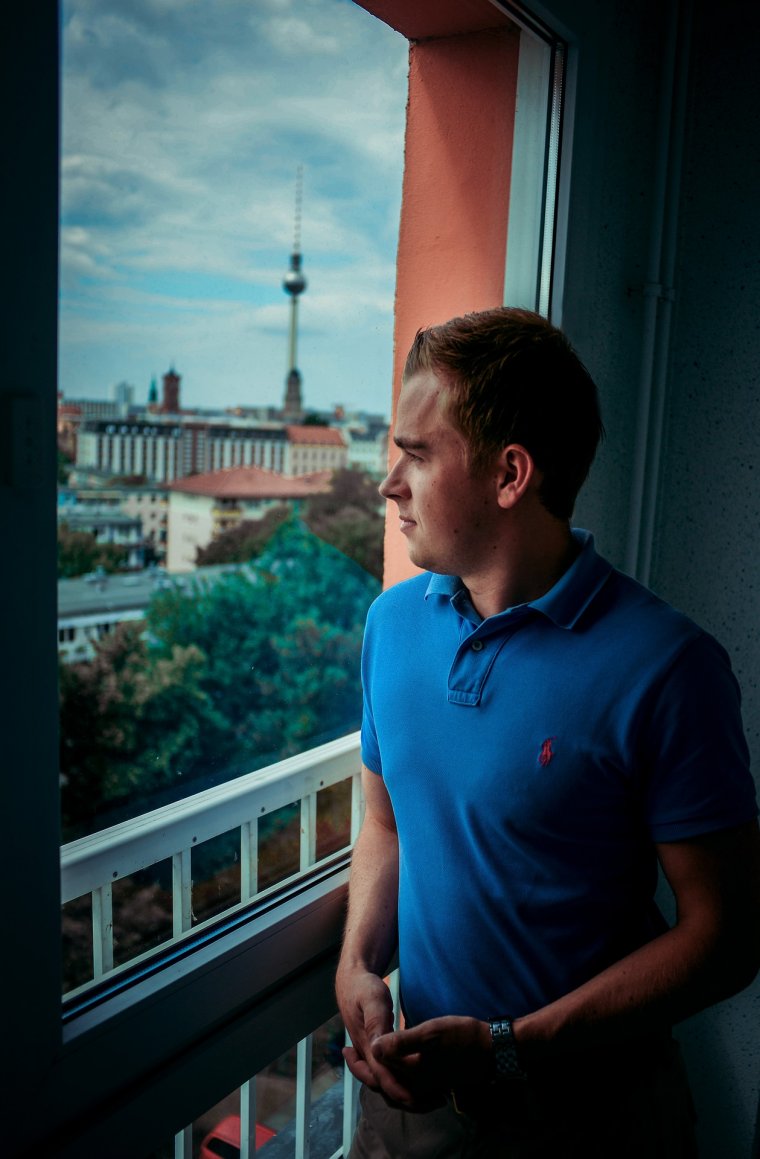
Just as outdoor photographers need to base shots around natural lighting, so do indoor portrait photographers. Windows allow natural light in while keeping glare out. It’s a great chance to develop your manual settings skills, play with different portrait styles, and master the use of white balance cards. Additional tools are optional, and unlike outdoor shoots, window lighting allows you to make use of natural light regardless of the season. Focus on your subject rather than the weather forecast.
Comments (0)
There are no comments yet.